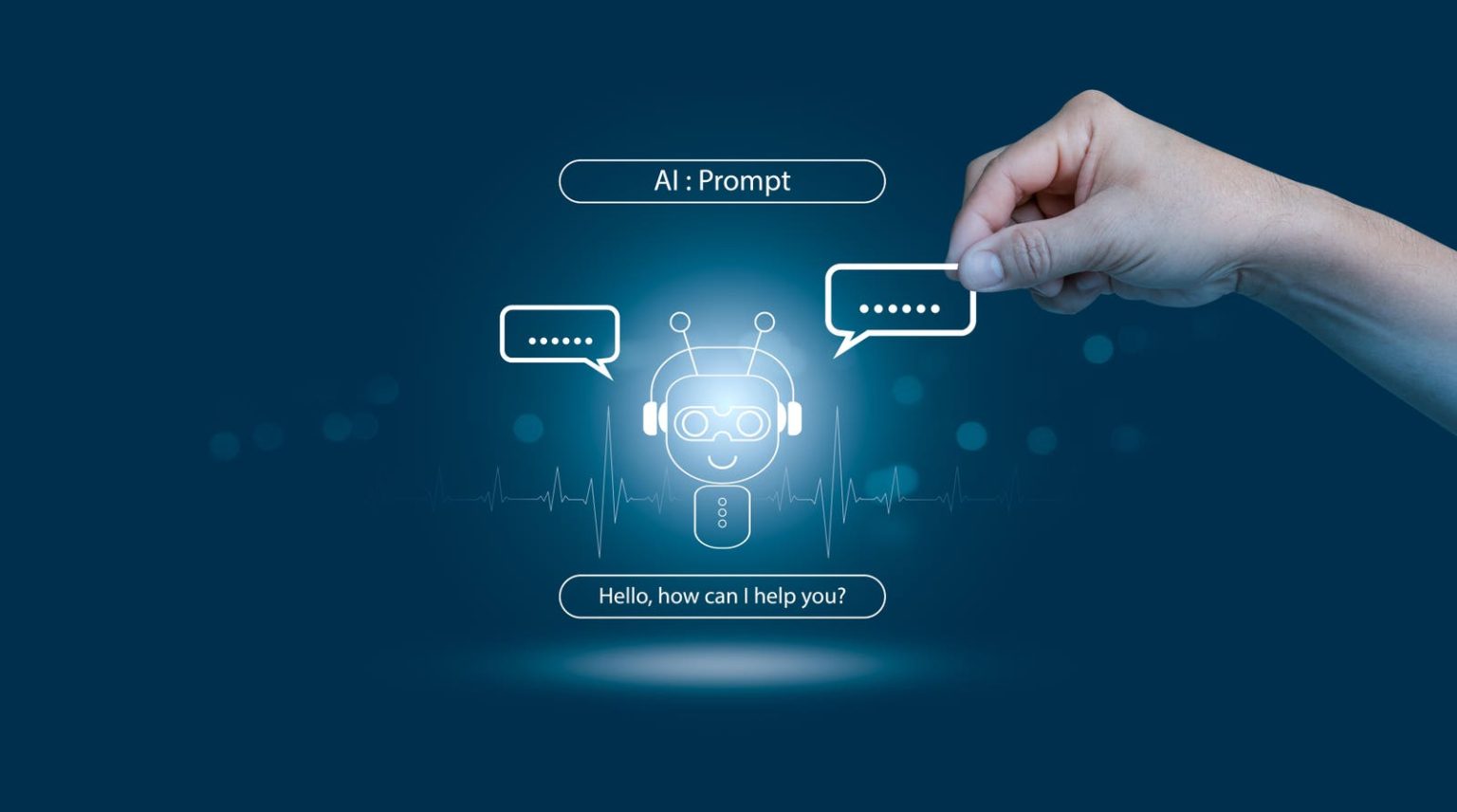In recent years, conversational AI has experienced significant advancements, revolutionizing how we interact with technology. Fueled by natural language processing (NLP) and machine learning, conversational AI enables more human-like dialogues between humans and machines, offering personalized and intuitive interactions. Virtual assistants, chatbots, and interactive voice systems have been developed and enhanced, improving customer service, streamlining business operations, and creating new possibilities for human-computer interaction.
Conversational AI differs from generative AI in its focus on generating dialogue specifically. By utilizing deep learning and large language models trained on vast datasets, conversational AI systems can engage in natural, open-ended conversations, offer insights, advice, and even engage in philosophical discussions. The technology involves several key components, such as speech recognition, natural language understanding, dialogue management, response generation, and text-to-speech synthesis, all powered by machine learning techniques like transformers.
The benefits of conversational AI include 24/7 availability, quick access to information and support, improved operational efficiency, increased user engagement, and the ability to scale interactions. However, risks such as biased or offensive outputs, misplaced user trust, lack of empathy, difficulty handling complex cases, and privacy and security concerns need to be mitigated through careful development and oversight. Conversational AI should augment human interaction rather than replace it entirely.
Conversational AI finds applications in various industries, powering virtual assistants, customer service chatbots, conversational commerce tools, and automation in business, HR, and IT helpdesks. When evaluating conversational AI platforms, factors such as alignment with specific use cases and industry requirements, ease of implementation, scalability, customization, pricing, security, compliance, and vendor support play crucial roles in choosing the right platform. Established players like IBM Watson, Microsoft Bot Framework, Amazon Lex, and Google Dialogflow offer diverse features for different needs.
Looking towards the future, conversational AI is expected to become even smarter, more contextual, and more human-like, with advancements in emotional intelligence, empathy, omnichannel conversations, photorealistic avatars, personalization, multilingual capabilities, augmented and virtual reality integration, and the development of AI companions. The ultimate goal is to create AI companions that efficiently handle tasks, retrieve information, and build meaningful relationships with users, enhancing human potential in various ways. Ultimately, conversational AI continues to evolve, offering more empathetic, knowledgeable, and immersive experiences for users.


